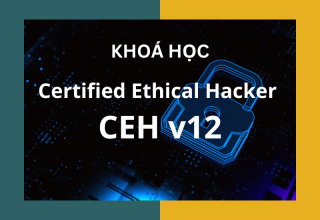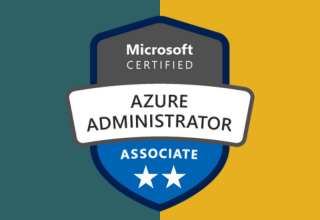COURSE OBJECTIVE
This course describes how to implement a data warehouse platform to support a BI solution. Students will learn how to create a data warehouse with Microsoft® SQL Server® 2014, implement ETL with SQL Server Integration Services, and validate and cleanse data with SQL Server Data Quality Services and SQL Server Master Data Services.
Note: This course is designed for customers who are interested in learning SQL Server 2012 or SQL Server 2014. It covers the new features in SQL Server 2014, but also the important capabilities across the SQL Server data platform.
WHO CAN BENEFIT
This course is intended for database professionals who need to fulfil a Business Intelligence Developer role. They will need to focus on hands-on work creating BI solutions including Data Warehouse implementation, ETL, and data cleansing. Primary responsibilities include:
- Implementing a data warehouse.
- Developing SSIS packages for data extraction, transformation, and loading.
- Enforcing data integrity by using Master Data Services.
- Cleansing data by using Data Quality Services.
GAINING SKILLS
After completing this course, students will be able to:
- Describe data warehouse concepts and architecture considerations.
- Select an appropriate hardware platform for a data warehouse.
- Design and implement a data warehouse.
- Implement Data Flow in an SSIS Package.
- Implement Control Flow in an SSIS Package.
- Debug and Troubleshoot SSIS packages.
- Implement an ETL solution that supports incremental data extraction.
- Implement an ETL solution that supports incremental data loading.
- Implement data cleansing by using Microsoft Data Quality Services.
- Implement Master Data Services to enforce data integrity.
- Extend SSIS with custom scripts and components.
- Deploy and Configure SSIS packages.
- Describe how BI solutions can consume data from the data warehouse.
COURSE CERTIFICATION
MCSA: SQL Server 2014
PREREQUISITE
This course requires that you meet the following prerequisites:
- At least 2 years’ experience of working with relational databases, including:
- Designing a normalized database.
- Creating tables and relationships.
- Querying with Transact-SQL.
- Some exposure to basic programming constructs (such as looping and branching).
An awareness of key business priorities such as revenue, profitability, and financial accounting is desirable.
COURSE CONTENT
Module 1: Introduction to Data
Module 2: Data Warehouse Hardware
Module 3: Designing and Implementing a Data
Module 4: Creating an ETL Solution with SSIS
Module 5: Implementing Control Flow in an SSIS Package
Module 6: Debugging and Troubleshooting SSIS Packages
Module 7: Implementing an Incremental ETL Process
Module 8: Enforcing Data Quality
Module 9: Using Master Data Services
Module 10: Extending SQL Server Integration Services
Module 11: Deploying and Configuring SSIS Packages
Module 12: Consuming Data in a Data Warehouse






